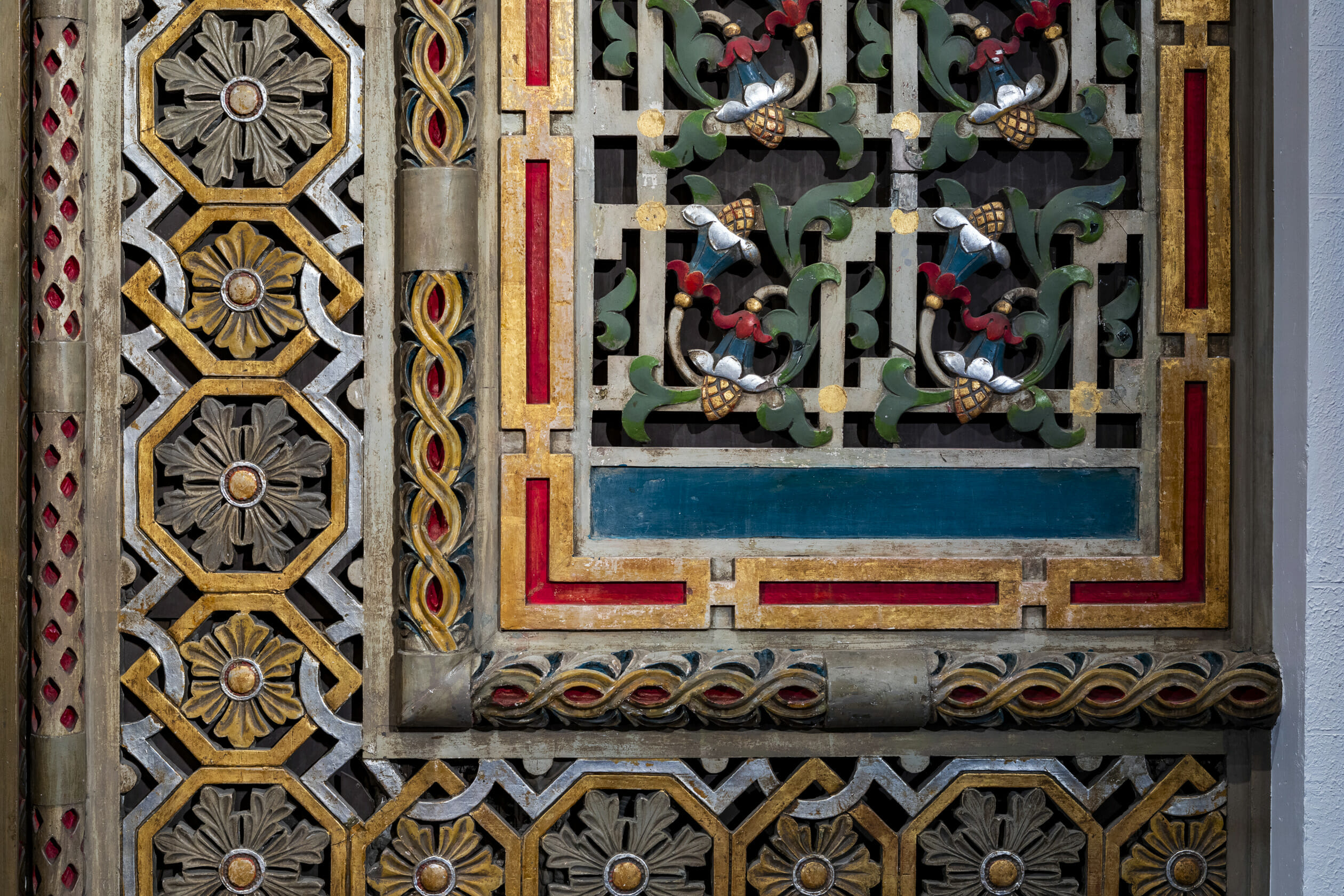
Omer Kavannot 5779: Darkeinu — Margo Hughes-Robinson
When I began seriously reading about Judaism in my early teens, I never felt like I was reading about a foreign group. Instead, the entire process of converting to Judaism, and my decade of Jewish life after the mikvah, has been one of profound homecoming. Jewish spirituality and living has been the compass of my adult life, tracing an arc that I have been traveling along as I have walked towards an increasingly fuller vision of who I am, and of who I could be. While learning Hebrew was never easy for me, I feel a deep sense of intellectual resonance learning Talmud and davenning the traditional liturgy.
 Once it had been established that my deep interest in Judaism was not a teenage phase, but was in fact deep religious inquiry, my family (for the most part) agreed that the choice to live a Jewish life resonated deeply with the person they raised. A commitment to justice, an intellectual hunger, and a thirsting for deep spirituality have been essential to my life since I was very young (and as an educator of young children, I now feel deep sympathy for the Catholic catechism teachers I had in elementary school in the American South). That does not mean that the process of conversion, and my subsequent journey towards a more observant Jewish life, has not been without struggle. Coming from a home steeped in the culinary and cultural practices of the Gulf Coast, it was difficult to explain to my family why I didn’t want to eat shrimp or pork barbecue, or why I didn’t want to travel on Shabbat. My husband Dave is also a convert, and, as we build our life together, we often find ourselves having to very carefully negotiate how to balance the cultures and traditions of our families of origin with the religious life we have chosen.
Once it had been established that my deep interest in Judaism was not a teenage phase, but was in fact deep religious inquiry, my family (for the most part) agreed that the choice to live a Jewish life resonated deeply with the person they raised. A commitment to justice, an intellectual hunger, and a thirsting for deep spirituality have been essential to my life since I was very young (and as an educator of young children, I now feel deep sympathy for the Catholic catechism teachers I had in elementary school in the American South). That does not mean that the process of conversion, and my subsequent journey towards a more observant Jewish life, has not been without struggle. Coming from a home steeped in the culinary and cultural practices of the Gulf Coast, it was difficult to explain to my family why I didn’t want to eat shrimp or pork barbecue, or why I didn’t want to travel on Shabbat. My husband Dave is also a convert, and, as we build our life together, we often find ourselves having to very carefully negotiate how to balance the cultures and traditions of our families of origin with the religious life we have chosen.
While most of my journey pre- and post-mikvah has felt very intuitive, there have been elements of Jewish identity and culture that took on deeper meaning as I grew up and into my own sense of self. As part of a family that moved frequently during my childhood, both inside the U.S. and abroad, I have found deep comfort as an adult in the constancy of the global Jewish experience, being part of a community that I can find while making a home or working in Paris, in Jerusalem, in Guatemala, or in New York. As my sense of “home” continues to become less and less connected to an idea of physical place, the ability to tap into the people, languages, and varying experiences of the Jewish diaspora has kept me grounded. I can always find something or someone who feels like home in a synagogue. Amongst a web of crossing cultures and languages, where I’ve led services in France and taught Portuguese Torah trope in Guatemala, and spoken Spanish to my neighbors in Jerusalem when our Hebrew fails us, my multifaceted, even pastiche, identity doesn’t feel so out of place. My kosher updates of the Cajun recipes I grew up with (come to my house on Rosh Hashanah for fish gumbo!), and my hour-long answer to the question “where are you from” suddenly felt normal as I began to travel in the wider Jewish world, my own journey one thread in a tapestry of cultures and histories that the Jewish people have been part of over time.

